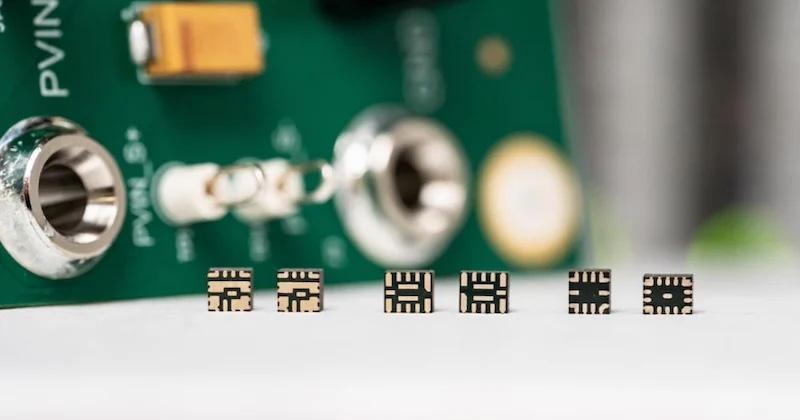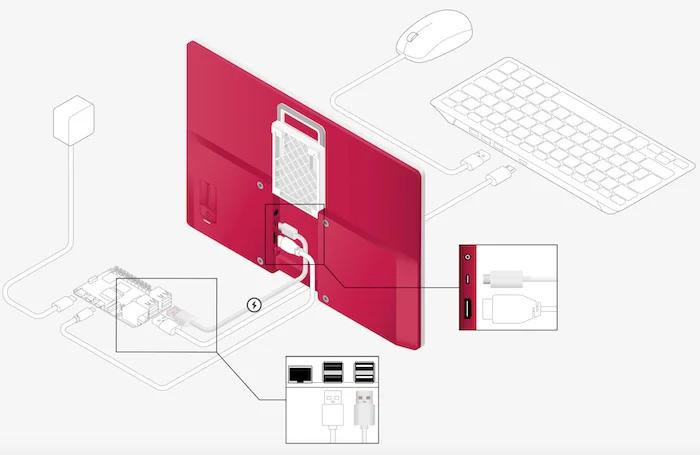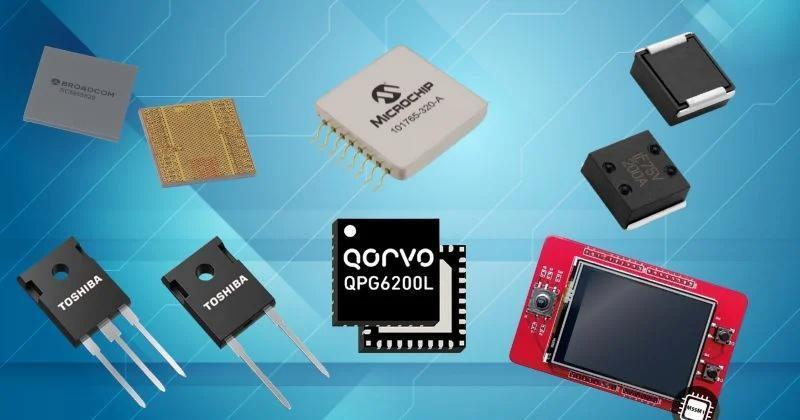
Raspberry Pi Revealed End-of-the-Year Surprise: A Complete Desktop Setup
When Raspberry Pi first launched back in 2012, the company’s original goal was to produce an affordable single-board computer (SBC) that young people could use as a basic educational tool. Since then, the SBC has become one of the most commonly used platforms among engineers, particularly in embedded systems design. And yet, the Raspberry Pi Foundation's main mission of facilitating easier access to computing education remains at the heart of almost everything it does. This is why the foundation has kept the cost of its products low and created integrated systems that are ready to use right out of the box.
In this article, we’ll look at two of the most recent additions to the Raspberry Pi family of devices, the Raspberry Pi 500 and Raspberry Pi Monitor, to see how this system stacks up to its single-board computer counterpart.

The Raspberry Pi 500 and the Raspberry Pi Monitor.
The 'All-in-One' Raspberry Pi 500
A successor to the Raspberry Pi 400 from 2020, the Raspberry Pi 500 is a complete personal computer built inside of a 70% chiclet-style keyboard reminiscent of an eight-bit home computer like the Sinclair ZX Spectrum from back in the 1980s.
For processing, this device uses the same 64-bit, quad-core Arm Cortex-A76 CPU as the Raspberry Pi 5, along with a built-in aluminum heatsink for improving thermal performance under heavier loads. Additionally, the Pi 500 features 8 GB of LPDDR4X-4267 SDRAM. While the device is void of internal storage, its operating system and data can be loaded onto a memory card via a dedicated microSD slot.

Raspberry Pi 500 has the same quad-core 64-bit Arm processor and RP1 I/O controller that appears in Raspberry Pi.
Other peripherals include two USB 3.0 ports, one USB 2.0 port, a gigabit Ethernet port, two 4K micro HDMI ports, and, of course, the classic 40-pin Raspberry Pi GPIO header. As for wireless connectivity, the little computer supports dual-band 802.11b/g/n/ac Wi-Fi communication (at 2.4 GHz and 5 GHz) and data transmission over Bluetooth 5.0 and Bluetooth Low Energy (BLE).
Like most Raspberry Pi SBCs, the Pi 500 supports various Linux-based operating systems, including the latest release of the officially supported Raspberry Pi OS. The Raspberry Pi 500 works on 5-V DC and gets power directly from a dedicated USB-C port. Its price at the time of writing is $90, which includes a 32-GB microSD card pre-programmed with the aforementioned operating system. This specific model will remain in production at least until January 2034.
Raspberry Pi Display Monitor
As an accessory to its new keyboard-embedded PC, the Raspberry Pi Foundation also launched an associated LCD display. The so-called Raspberry Pi Monitor features a full HD panel with a diagonal of 15.6 inches, similar to most standard laptop computers, displaying up to 16.2 million colors at a maximum brightness level of 250 nits.
The Raspberry Pi Monitor can be hooked up to any PC via a full HDMI input port, and it even includes stereo audio via two built-in, front-facing 1.2-W speakers and a 3.5-mm output jack. On the back of the device, users will find an adjustable kickstand, four VESA mounting holes, and power, volume, and brightness control buttons.

Raspberry Pi Monitor powered by a Raspberry Pi.
Like the Pi 500, the Pi Monitor is powered by a 5-V USB-C port. Powering it directly from the computer, such as a Raspberry Pi 500, would cap its volume and brightness levels at 60% and 50%, respectively, meaning that it would be best practice to use it with a dedicated power supply.
The price for this device is $100 at the time of writing, and it will also remain in production until at least January 2034.
Who Is This Computer For?
While a traditional single-board computer might be a little too complex for the layman, the Raspberry Pi 500 and Raspberry Pi Monitor combo represents a complete plug-and-play system that anyone can use right out of the box for regular day-to-day activities. For more advanced users, it also has a high hackability factor with its classic 40-pin GPIO port.
These two devices are not intended to replace powerful desktop computers anytime soon; rather, the Pi 500 and Monitor aim to make computer science and engineering concepts increasingly more fun and accessible at all education levels, from young students to seasoned engineers.



